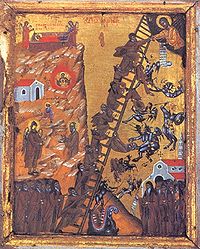For Hannah
In “For Hannah,” Robert Vander Lugt tries to narrate the experience of watching a child cling to life in a hospital bed and encounters difficulty in the motions and effects of prayer, in how to tell such a story in the first place.

In “For Hannah,” Robert Vander Lugt tries to narrate the experience of watching a child cling to life in a hospital bed and encounters difficulty in the motions and effects of prayer, in how to tell such a story in the first place.

I prayed better when the children were small, when we spread out the crayons in the center of the dining table and crafted leaf rubbings. When we modeled shapes from colored beeswax, and I’d find miniature wax cats and roses tucked in between the books on the shelves. When the children pushed little trains on […]
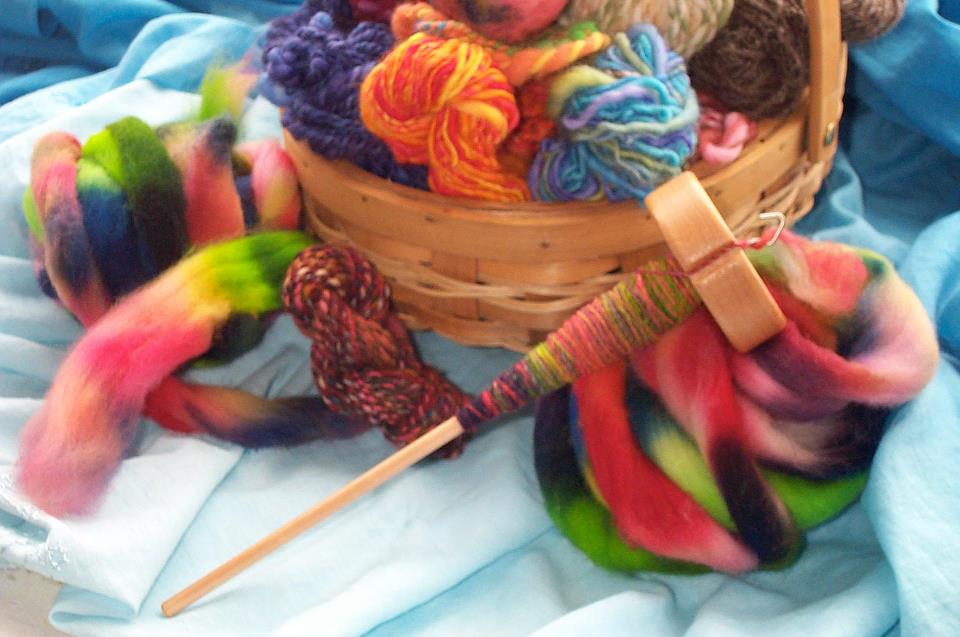
A reflection comparing word-based spiritual practices to embodied ones such as yoga.

“She could no longer hold her flesh together,” observes Tania Runyan in her description of a bronzed statue of a woman carrying “the heft of the commandments,” her mouth open in a silent, graven prayer.
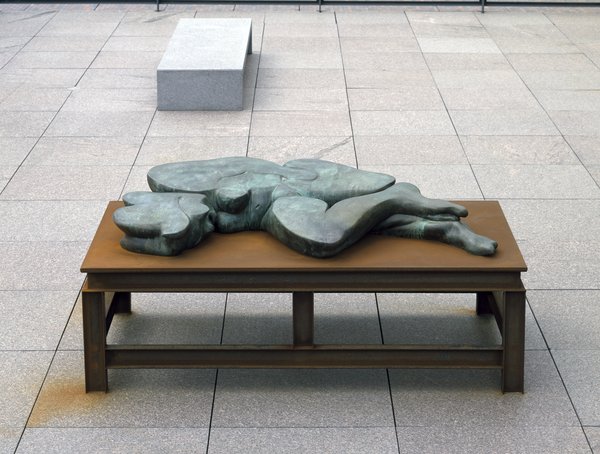
In “Tiniest Prayer,” the poet Nicholas Samaras recognizes the motion of prayer as one that humbles, that moves one “out of the center” and into the will of God.
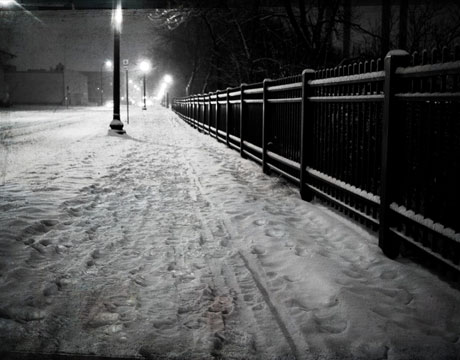
Cathy Warner offers a segmented chronology of her prayer life, an ongoing search to rest in the love of God, even “beyond words.”
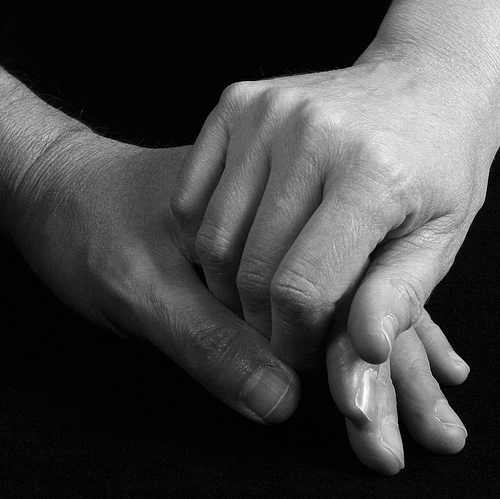
The theologian and Anglican priest Sarah Coakley discusses the importance of prayer for theological reflection and daily life.
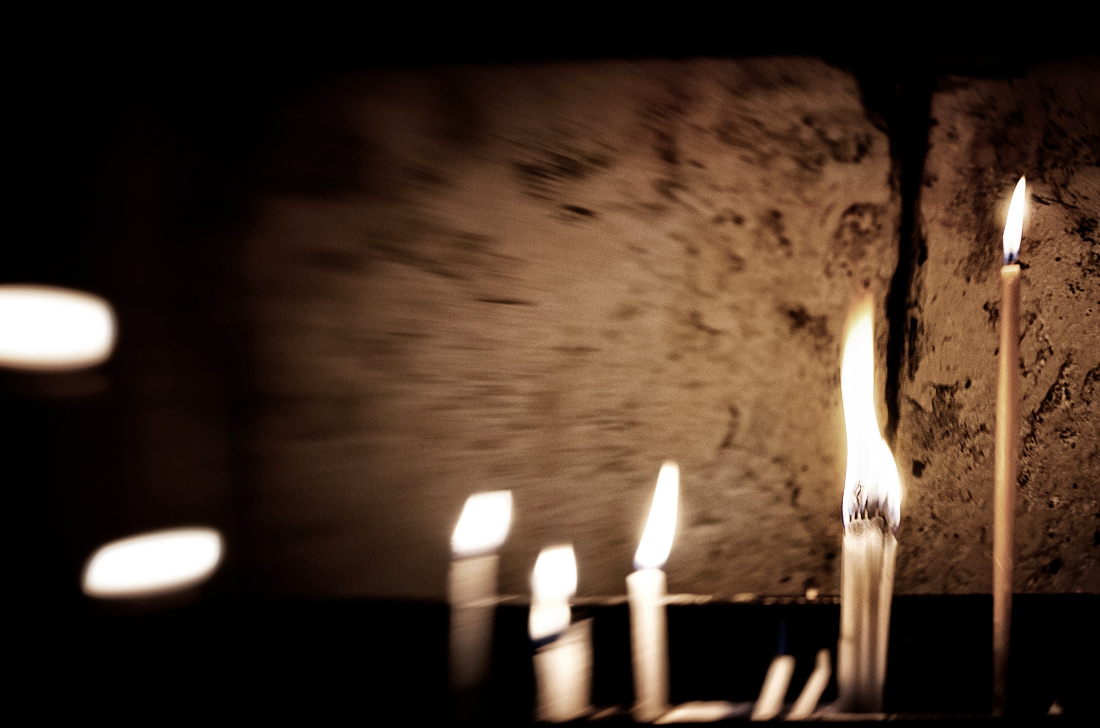
Sarah Coakley shares how prayer intersects with her work as a scholar and as a priest and makes a case for asceticism in the everyday prayer life of Christians.

In “Prayer, Insisting,” the poet Nicholas Samaras’s aching meditation on his own metonia, or repentence, is couched in an ancient prayer: Lord Jesus Christ, have mercy on me, a sinner.
